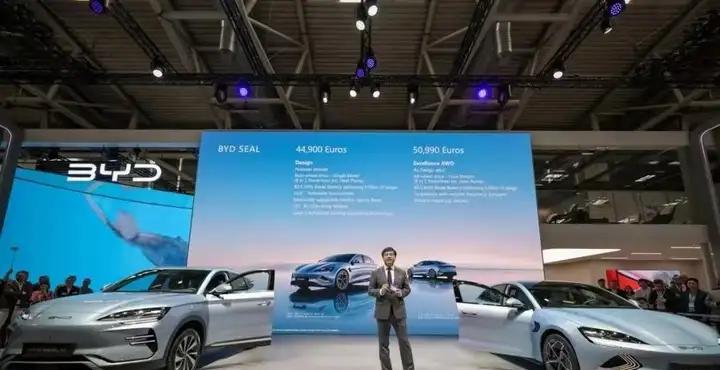BYD's Global Surge: Leading China's EV Export Revolution
BYD’s vehicle exports surged 71.8% in 2024, reaching 433,000 units and leading China’s automotive exports, demonstrating the company’s successful global expansion strategy and technological innovation in new energy vehicles.

The remarkable 71.8% growth in BYD’s exports signals a watershed moment in the global automotive industry. This achievement goes beyond mere numbers, representing a fundamental shift in the international automotive landscape where a Chinese brand is challenging traditional market leaders.
BYD’s success stems from three key strategic pillars. First, its comprehensive technology innovation, particularly in battery development and hybrid systems, has created a competitive edge. The company’s blade battery technology and DM-i hybrid system have proven particularly appealing in international markets, offering both performance and efficiency.
The second pillar is BYD’s methodical global market expansion. The company has strategically entered various markets with products tailored to local needs. In Europe, models like the ATTO 3 and Seal have gained traction, while in Latin America, the SHARK pickup has found its niche. BYD now operates in 89 countries and regions, with manufacturing facilities in Thailand, Hungary, and Brazil, demonstrating its commitment to localization.
Market diversification forms the third pillar of BYD’s strategy. Rather than focusing solely on passenger cars, BYD offers a full range of vehicles including SUVs, sedans, and commercial vehicles. This diversified portfolio helps buffer against market fluctuations and caters to different consumer segments globally.
The numbers tell a compelling story. From 2022 to 2024, BYD’s exports grew from 56,000 to 433,000 units. This growth trajectory suggests that BYD’s global presence will continue to strengthen, particularly as more markets embrace electric vehicles.
However, challenges remain. Trade barriers and intensifying competition from established automakers pose ongoing challenges. The need for charging infrastructure in many markets could potentially slow EV adoption. Yet, BYD’s hybrid offerings provide a practical solution for markets where EV infrastructure is still developing.
Looking ahead, BYD’s investment in research and development, with over 110,000 R&D personnel, positions the company well for continued innovation. The company’s focus on both pure electric and hybrid vehicles provides flexibility to adapt to varying market conditions and infrastructure readiness levels worldwide.
The transformation of global automotive markets is accelerating, and BYD’s export success demonstrates that Chinese automakers can compete effectively on the world stage. As markets continue to shift toward electrification, BYD’s early commitment to new energy vehicles and strong technological foundation positions it well for sustained global growth.